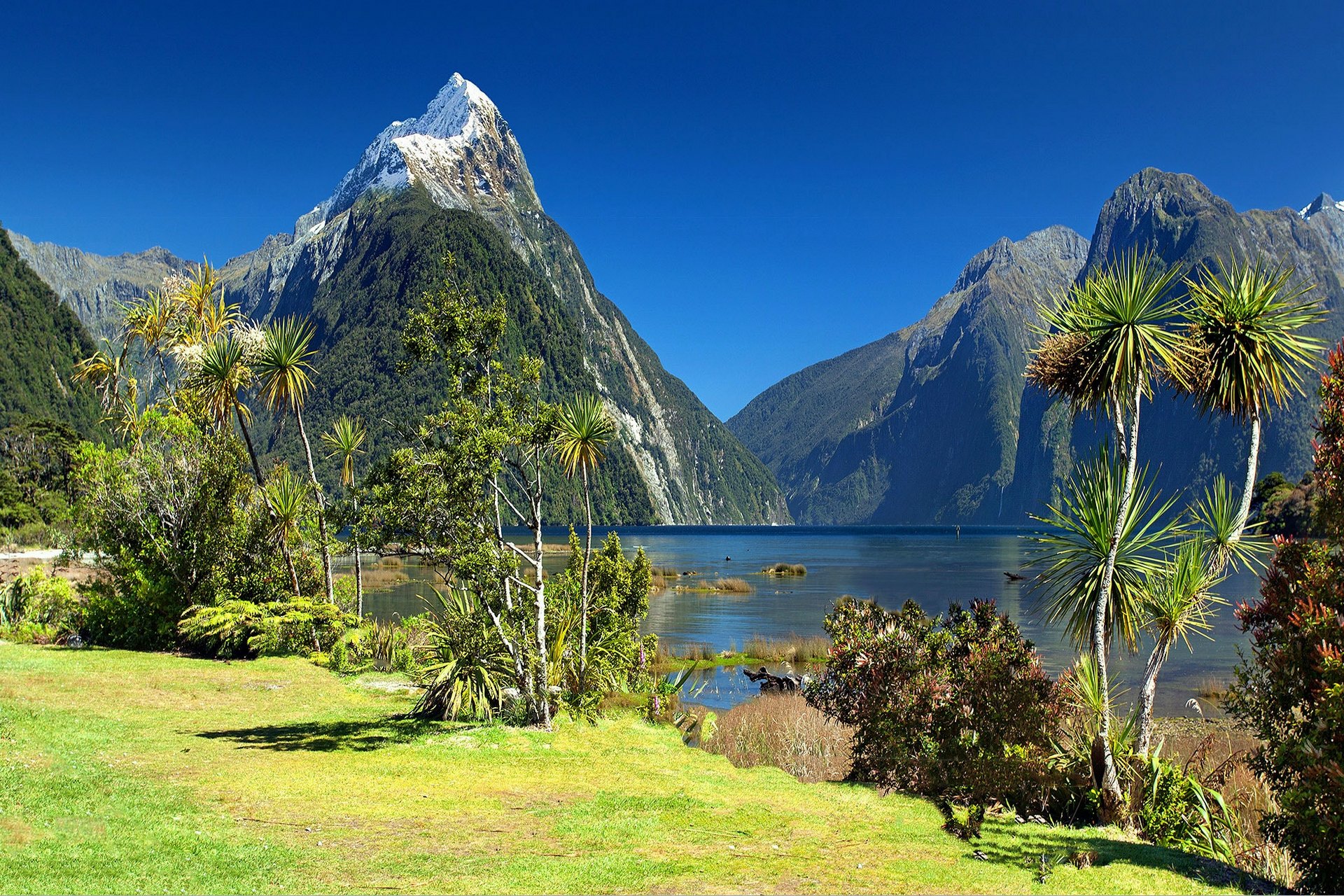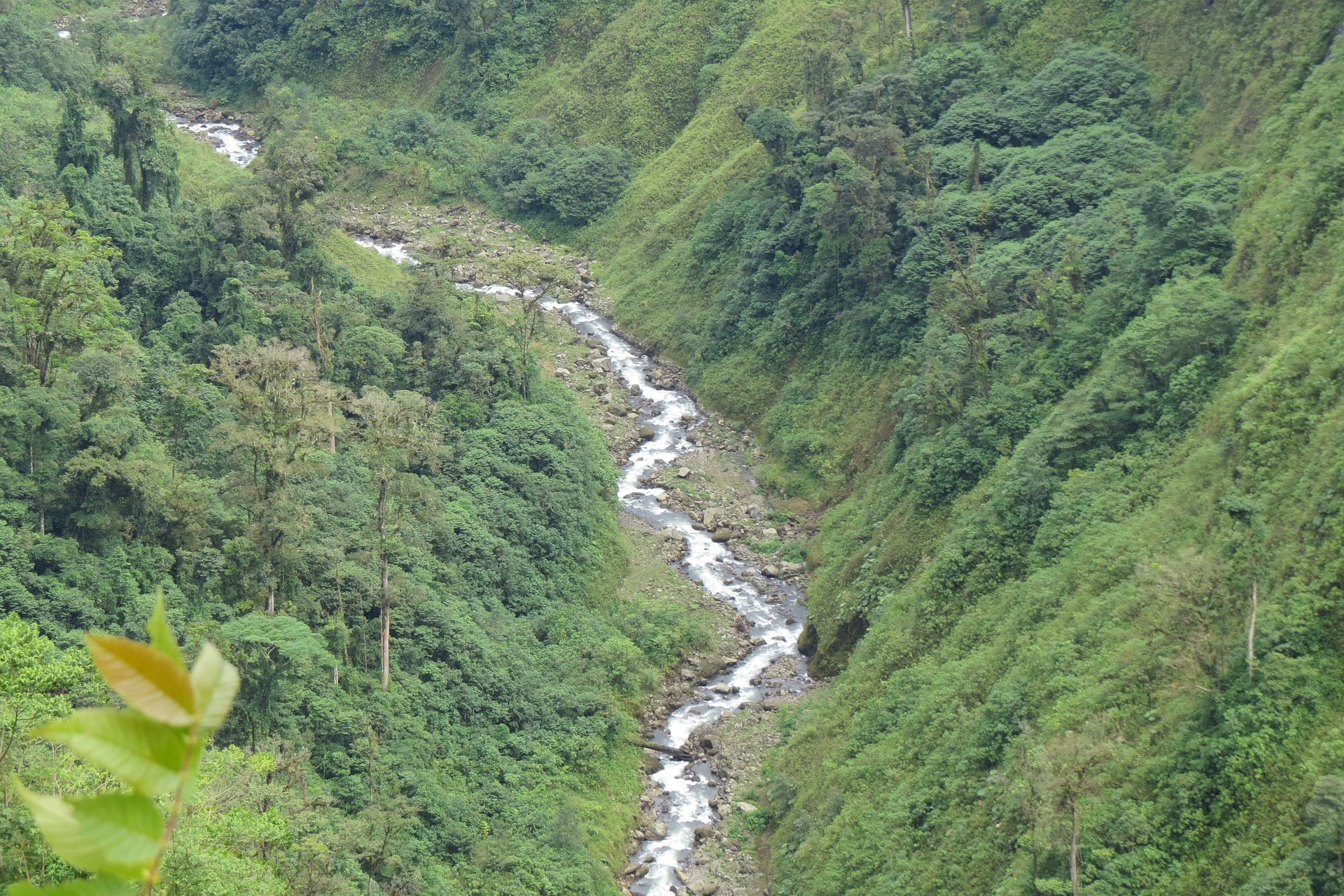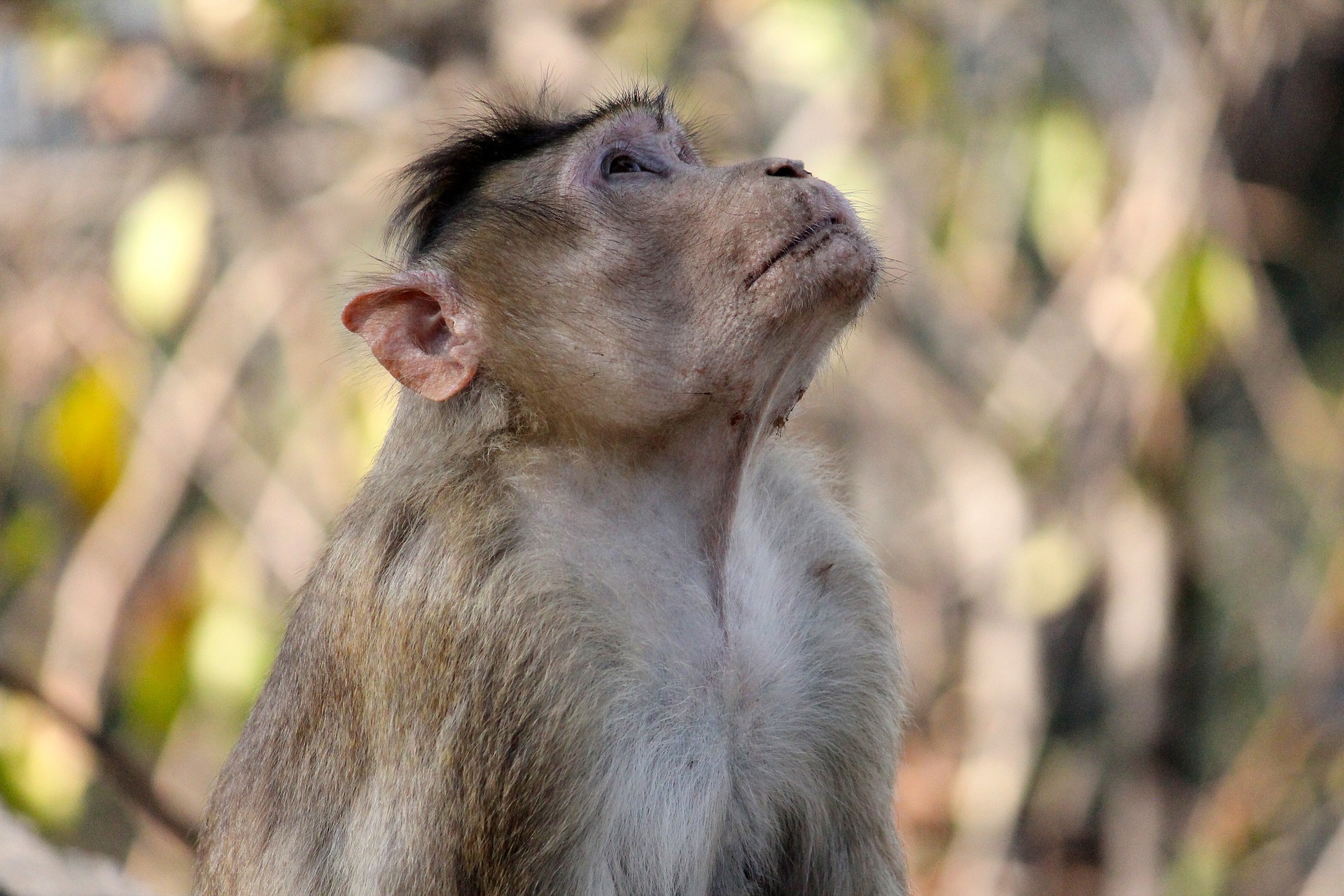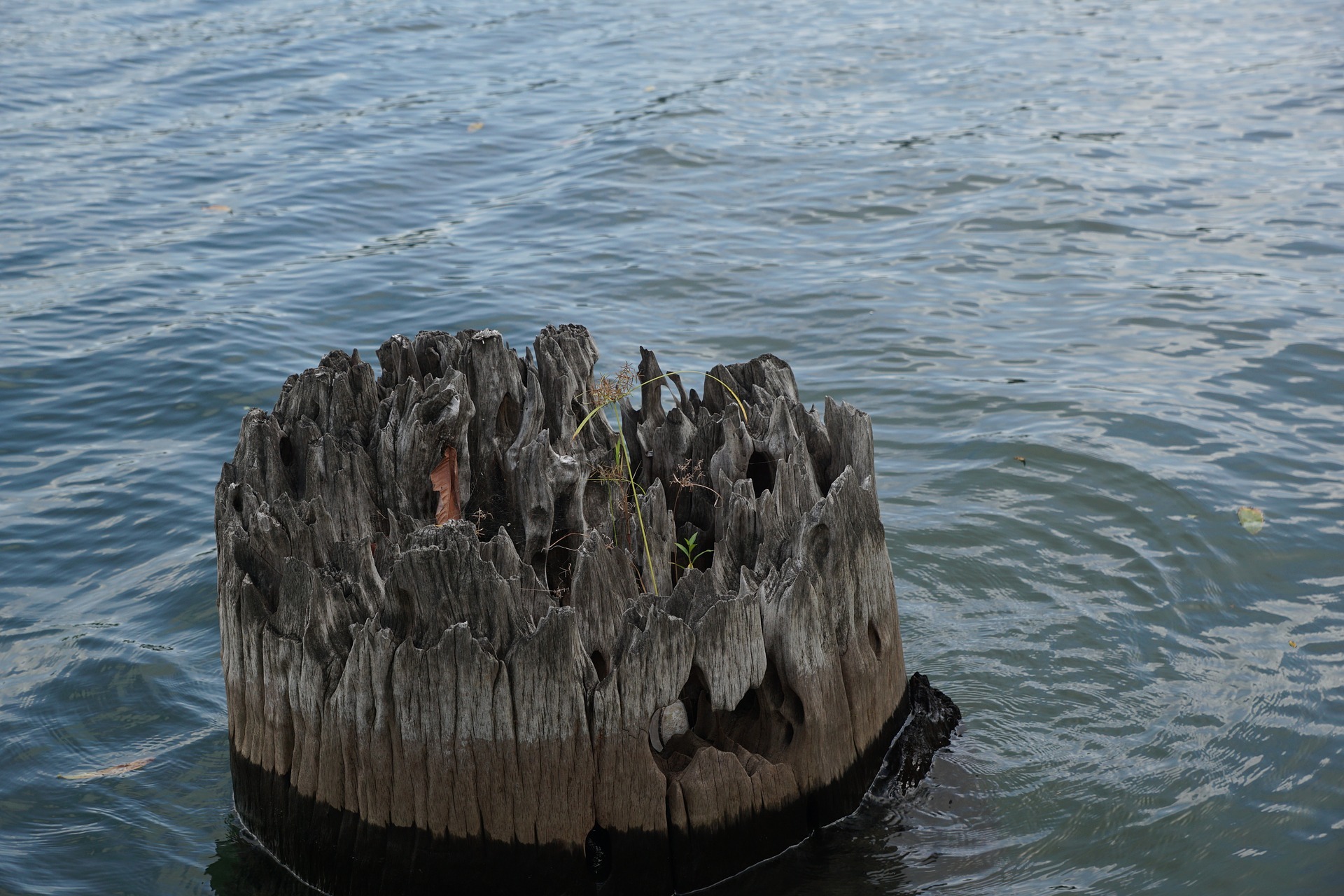Metropolitan National Park

Eight kilometers separate the capital from Panama’s cozy hotels and neighborhoods from Metropolitan National Park. You could say the suburbs are a carefully preserved piece of unspoiled nature. The protected rainforest stretches over two hundred and fifty thousand hectares.
Metropolitan National Park is, after all, a man-made natural monument. Before that, there were patches and pieces of forest, erected ranches and agricultural croplands on the site. It wasn’t until 1985 that the National Wildlife Refuge officially appeared. Before that, there were only plans, beginning in 1974. But from a fraction of the trees, a noble tropical eco-park has grown and now appears. Panamanian orchids and rare species of insects and mammals, a variety of birds and reptiles – that’s what amazes you here.
When you visit the Metropolitan Park, a small amount, called a donation, is taken. Tours are also booked and maps are taken here. Not many parks also have their own museum, library, presentation and meeting rooms, and gift shop. Several sites for observing birds and animals are provided in the reserve. They offer a beautiful panorama of the surrounding area. Everything is thought out for convenience: comfortable tables and chairs and detailed descriptions of the sights seen.
A unique combination of natural and man-made
One of the viewing platforms is called Cedar Hill, its height is 140 meters above sea level. You can see the area of El Dorado and the two national neighboring parks.
Another sighting platform is called “Bird’s trills”: you can get here from the Mono Titi trail and watch two hundred species of birds.
The third special viewing area is called Cedar Hill. It is situated a hundred and fifty meters above sea level. From here you can see many islands: Naos, Flamenco, Taboguilla and Taboga. And a great view of the entrance to the Panama Canal and the Bridge of the Americas.
Five trails have been developed for visitors to walk comfortably. They vary in length and purpose, but everywhere in Metropolitan Park there are signs posted for everyone to understand.
Senegita is the first trail to be built and is more than one kilometer long. It is named after the rain mushroom that grows here. It begins at the guardhouse. You can explore the lush forest for two hours on it.
You will reach another dirt trail, Mono Titi. It starts at “The Fortress.” That’s what they call the old American airplane repair hangar here. This road is the widest: cars used to drive on it. Running, jumping and even biking are allowed here.
Momotides – named after a bird of the passerine family – is the next trail, which begins across the road from the information center. It is short, only 700 meters and is built in the form of a loop, which you can walk in an hour, and there are no viewing platforms.
Just over a kilometer long and starting behind the administrative office is the popular Los Caobos Trail. It is named after the redwood tree that grows here. It is more difficult than the previous ones: there are more descents and ascents. But you can admire the picturesque part of Panama City with its beaches.
The fifth trail connects the information center with the beginning of the Cieneguita Trail. Roebuck or white oak from English: a huge white oak tree growing behind a garden of dwarf trees. The trail is the shortest: it takes no more than half an hour to walk along it.
When visiting Metropolitan Park, experts ask to be quiet. This is both for the comfort of the animals and for the possibility for tourists to see them (otherwise they will hide).


